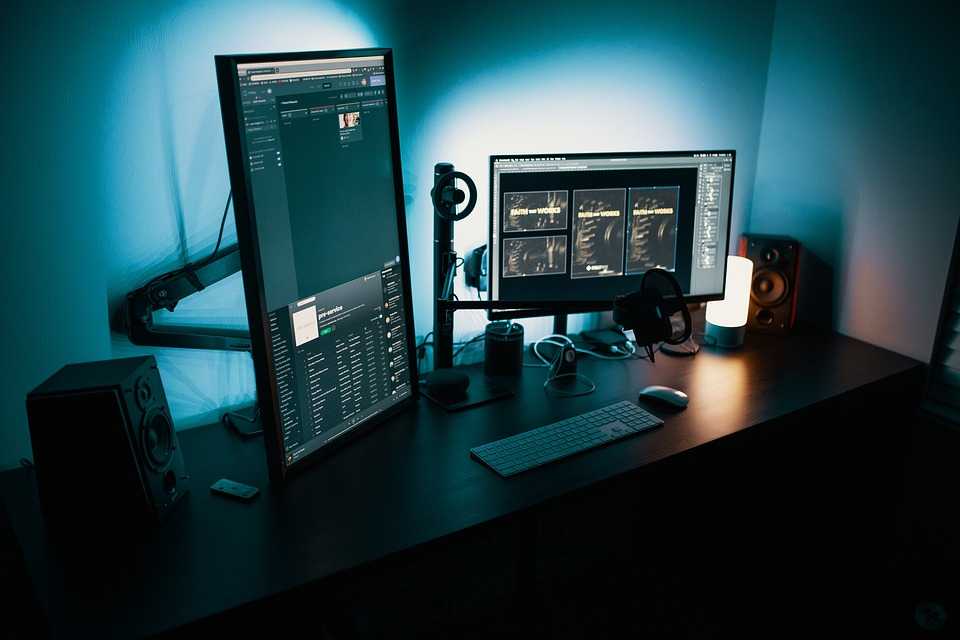
PC
The computer’s case, also known as the chassis, is its central housing unit that keeps all of your components safe and cool while they do their thing. When you need to upgrade your PC or build it from scratch, you need to make sure you choose a suitable case.
If your choice of chassis lacks any required features or doesn’t have enough room for your components, it’ll probably bottleneck their performance and prevent them from running at optimal capacity, which can result in many headaches down the line. Fortunately for you, here is a quick guide on picking the perfect chassis for your needs.
So how should you choose the right PC chassis? Whether you’re looking for custom ATC PC cases or something else, here is what you should consider so you don’t find yourself stuck with something ill-fitting.
1) What Is Your Budget?
The price range for PC cases varies wildly; it can be tough to pick out a case if you don’t know your budget. But you don’t have to break the set budget by any means, and if you’re starting out building your first PC, it’s easy to get overwhelmed with all the available options.
You can still get a great deal even on a high-end case, do some research online and compare prices from different retailers before putting your money down.
There are a few things to consider that will affect your budget, such as the features you want and how many fans you require. Make sure the case has enough bays for all of your drives, and overclocking can also drive up cooling costs, so go with a case that supports at least a couple of different cooling options if you plan on pushing your components that far.
2) How Much Storage Do You Need?
If you’re storing a lot of data, have a large assortment of games and media files, or have a ton of applications installed on your PC, then it’s essential to consider how much storage space you’ll need.
Having enough storage is the #1 most important component in a PC when it comes to performance, and having too little can bottleneck your machine and keep it from running at optimal capacity.
So if you’re going to be saving a lot of stuff on your computer, you’ll need at least one HDD or SSD, but you can always add more down the line if you need them. You can also think about looking through custom ATX PC cases that you can customize according to your requirements.
3) What Type Of Cooling Do You Need?
Most cases have at least one fan mounted in the front to pull air into the PC, but not all are created equal. Generally speaking, more fans will provide better cooling for your components which usually comes at a premium, so choose a case with enough cooling to meet your specific needs, whether you’re overclocking or just need a simple upgrade.
Again, it’s all about personal preference and budget here. Some cases come with multiple fans already installed and pre-configured for optimal performance, but if you’d rather pick out your own, then be sure the chassis gives you enough room for the fans you’re looking to add. Some even have a built-in fan controller, which is another feature that can help save some money if you don’t plan on going all out with multiple case fans.
4) What Type Of Interface Does It Use?
The USB 3.1 standard is becoming increasingly popular, and many PC cases are adopting it. The latest interface is an improvement over past standards, but will USB 3.1 be enough of an upgrade for you?
PCs tend to stay relevant longer than laptops or tablets, which sometimes seem like obsolete technology, especially if they’re not compatible with new trends. If you need to use your computer for a while, then consider future-proofing your case and getting one that supports newer standards.
5) What Type Of Front Interface Does It Use?
Most PC cases will have the standard ports in the front for plugging in your keyboard and mouse, but add-on features like card readers, headphone/mic jacks, or USB 3.0 ports can come in handy.
There’s also a wide array of fan controllers and other types of front interfaces that will affect your fans’ airflow and intensity, which you may want to consider if you’re going all out with cooling options.
Choosing a case is basically just choosing the correct form factor for what you need, so it’s mostly about cleaning up the aesthetics of your computer.
If you’re building a PC, you have more control over what kind of case you get. You can find beautiful cases with a view of the inside with panoramic glass. You can find many unique custom PC cases that can fit your requirements exactly, so it’s worthwhile to check those out too.






